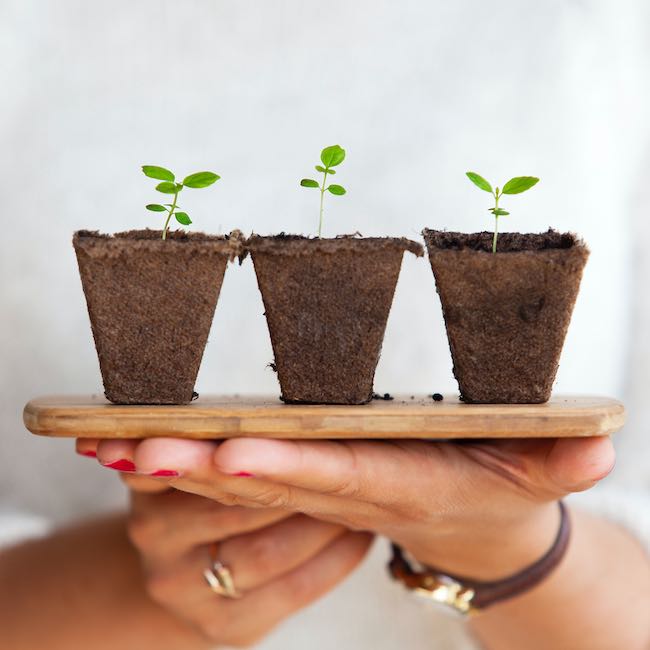Sow, Grow, Repeat: A Guide to Sustainable Gardening Practices

Do you dream of having a perfect garden with an array of stylish corners and blossoming flower beds? Well, that’s a commendable ambition! Gardening is a superb hobby; however, it takes a lot of time, especially if you are a newbie in this area. You don’t know what plants to grow, what soil to use, and what kind of fertilisers are perfect for your plants. In this all-encompassing post, we will dive deeper into this theme and provide a few comprehensive tips to make gardening easier. Are you excited? So, get comfortable and have a look!
The Basics of Sustainable Gardening
Let’s begin with the basics and define the most important things related to sustainable gardening. At its essence, it involves practices prioritising the health of your garden and the planet. For example, when you choose native plants and use water-conservation techniques, you will contribute to conserving vital resources and reduce your environmental footprint. You should prefer plants that grow in your area, and you can be doubly sure that they won’t damage other plants in your flower bed. Beyond this, you shouldn’t forget that sustainable gardening should also care about a sense of community.
Moreover, it fosters not only a lush garden but also a sense of community, as shared practices benefit local biodiversity and ecosystem health. Remember that the main idea behind sustainable gardening is to make earth-friendly choices for your outside gardens and make the most out of these plants.
Remember that gardening can also help fight depression and anxiety, as well as high-quality Cali weed strain. When you plant flowers and care for them, your mind relaxes, and you can enjoy the long-awaited moments of peace. Professional gardeners say it’s the best hobby to help you forget about anxiety and problems!
Choosing the Right Plants
Let’s move on and run over a few recommendations for choosing plants. Remember that your success in this area depends on choosing the right plants. However, if you are a newbie, it may be challenging to make the right choice. Sometimes, we go to the nearest shop and choose plants we like, but we don’t think whether they will grow in our area. So, let’s run over a few tips:
- Opt for Native Plants: Choose plants that are native to your region. They are naturally adapted to the local climate and require less water and maintenance. At the same time, they support local wildlife.
- Prioritise Biodiversity: Select a diverse range of plants to create a balanced ecosystem. This enhances your garden’s visual appeal, attracts beneficial insects, and supports overall biodiversity.
- Explore Resilient Varieties: Look for plant varieties known for their resilience against local pests and diseases.
- Consider Perennials: Have you ever heard of perennial plants? They return year after year. As a result, they reduce the need for replanting and saving resources in the long run. Moreover, they can save up much of your time every blossoming season!
- Choose Low-Maintenance Plants: Remember that low-maintenance varieties can thrive with minimal intervention. Therefore, it’s a perfect solution for those starting their gardening hobbies.
- Research Water Requirements: You should bear in mind that every plant has different water requirements. Therefore, to avoid all possible issues, you should better group them following their water needs.
Soil Health and Management
You shouldn’t forget about your soil. The thing is that different plants have different soil requirements. Let’s run over a few comprehensive tips that might help you make the right choice:
- Embrace Composting: Initiate a composting system to recycle kitchen and garden waste. Remember that compost enriches the soil with valuable nutrients!
- Utilize Cover Cropping: You should also integrate cover crops during the off-season to protect and nourish the soil. They prevent erosion, suppress weeds, and add organic matter. All this has the potential to enhance the soil structure.
- Avoid Synthetic Fertilisers: Don’t use chemical-based fertilisers and pesticides, as they can disrupt the natural balance of the soil and harm beneficial microorganisms. You should prefer organic alternatives to nurture a healthier soil ecosystem.
- Practice Crop Rotation: Professionals say that rotating plant families helps maintain soil health and fertility over time. So, use this tip!
- Conduct Soil Tests: Regularly test your soil to assess its pH and nutrient levels. This information will help you learn more about the soil requirements and create a perfect environment for plant growth.
- Know what your plant needs: You also shouldn’t forget that different plants may have different soil requirements. For example, if it’s lavander, it grows only in dry soil. However, if you want to grow white cedar trees, you need to be double sure that the moist is properly drained and the soil is neutral.
We hope these comprehensive tips and recommendations will help you start and create your dream garden. This fantastic hobby is your chance to relax after a hard working day and immerse yourself in the soothing rhythm of nature. Even if you lack experience in this area, it’s time to get started!


